IPC Overview and Classification System
The Integrated Food Security Phase Classification (IPC) is an innovative multi-stakeholder global initiative aimed at enhancing food security and nutrition analysis to inform decisions. The IPC is by definition, the result and the function of a partnership which exists at global, regional and national levels. The IPC is thus founded on a strong governance structure that brings together governments, regional bodies and international agencies – and fosters rigorous processes, ownership and consensus-driven outcomes.
At the global level, the IPC partnership includes 21 organizations and intergovernmental institutions: Action Against Hunger, CARE International, Comité Permanent Inter-États de Lutte Contre la Sécheresse au Sahel (CILSS), Catholic Relief Services (CRS), the Food and Agriculture Organization of the United Nations (FAO), the Famine Early Warning Systems Network (FEWS NET), the Global Food Security Cluster, the Global Nutrition Cluster, the International Food Policy Research Institute (IFPRI), the Intergovernmental Authority on Development (IGAD), IMPACT, the Joint Research Centre (JRC) of the European Commission, Oxford Committee for Famine Relief (Oxfam), the Southern African Development Community (SADC), Save the Children, the Sistema de la Integración Centroamericana (SICA), the United Nations Development Programme (UNDP), the United Nations Children's Fund (UNICEF), the World Bank, the World Food Programme (WFP) and the World Health Organization (WHO).
Using the IPC classification and analytical approach – governments, UN agencies, NGOs and other stakeholders work together to determine the severity and extent of acute and chronic food insecurity and acute malnutrition situations within countries, according to internationally recognised standards.
Know more about the IPC’s Acute Food Insecurity Scale with Nicholas Haan
IPC BROCHURES (en and fr)

The Integrated Food Security Phase Classification (IPC) is an innovative multi-stakeholder initiative to improve analysis and decision-making on food security and nutrition.
Download (en)
Télécharger (fr)
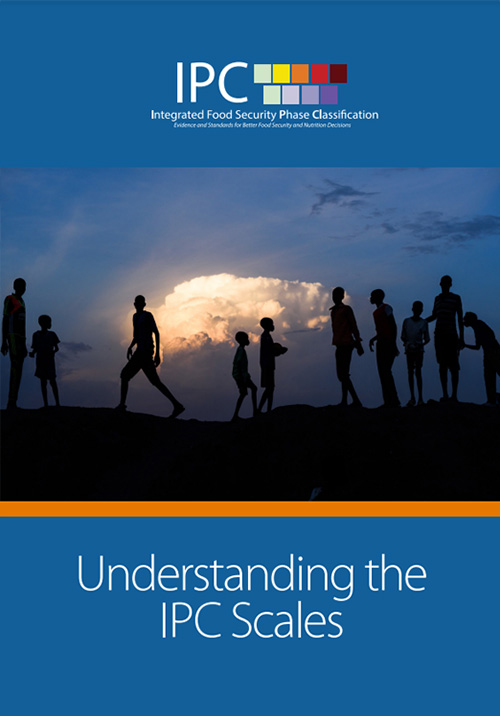
The IPC provides a common scale for classifying the severity and magnitude of food insecurity and acute malnutrition, which improves the rigour, transparency, relevance and comparability of food security and nutrition analysis for decision-makers.
Download (en)
Télécharger (fr)
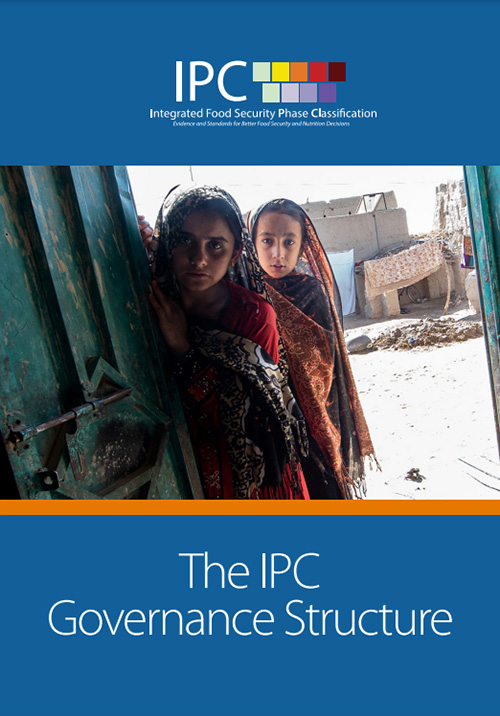
At the global level, the IPC is governed by the IPC Global Steering Committee and is composed of senior officers representing the 19 partner organisations. At the country level, Technical Working Groups (TWGs) form the foundation of the IPC governance structure.
Download (en)
Télécharger (fr)
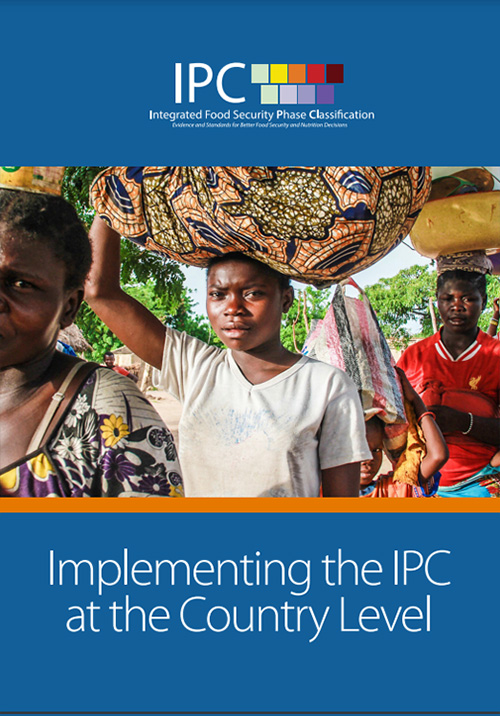
At the country level, implementation is led by the IPC Technical Working Group (TWG), hosted by the government and composed of representatives of the government, United Nations agencies, specialised agencies and NGOs.
Download (en)
Télécharger (fr)
IPC Classification
The IPC Classification System distinguishes and links acute food insecurity, chronic food insecurity and acute malnutrition to support more strategic and better coordinated responses.
The protocols used by the IPC are harmonized across the three individual scales (IPC Acute Food Insecurity, IPC Chronic Food Insecurity, and IPC Acute Malnutrition). This allows for the analysis of linkages between the three conditions and the possibility of detangling acute food insecurity, chronic food insecurity and acute malnutrition, in support of a more strategic response analysis.
 | 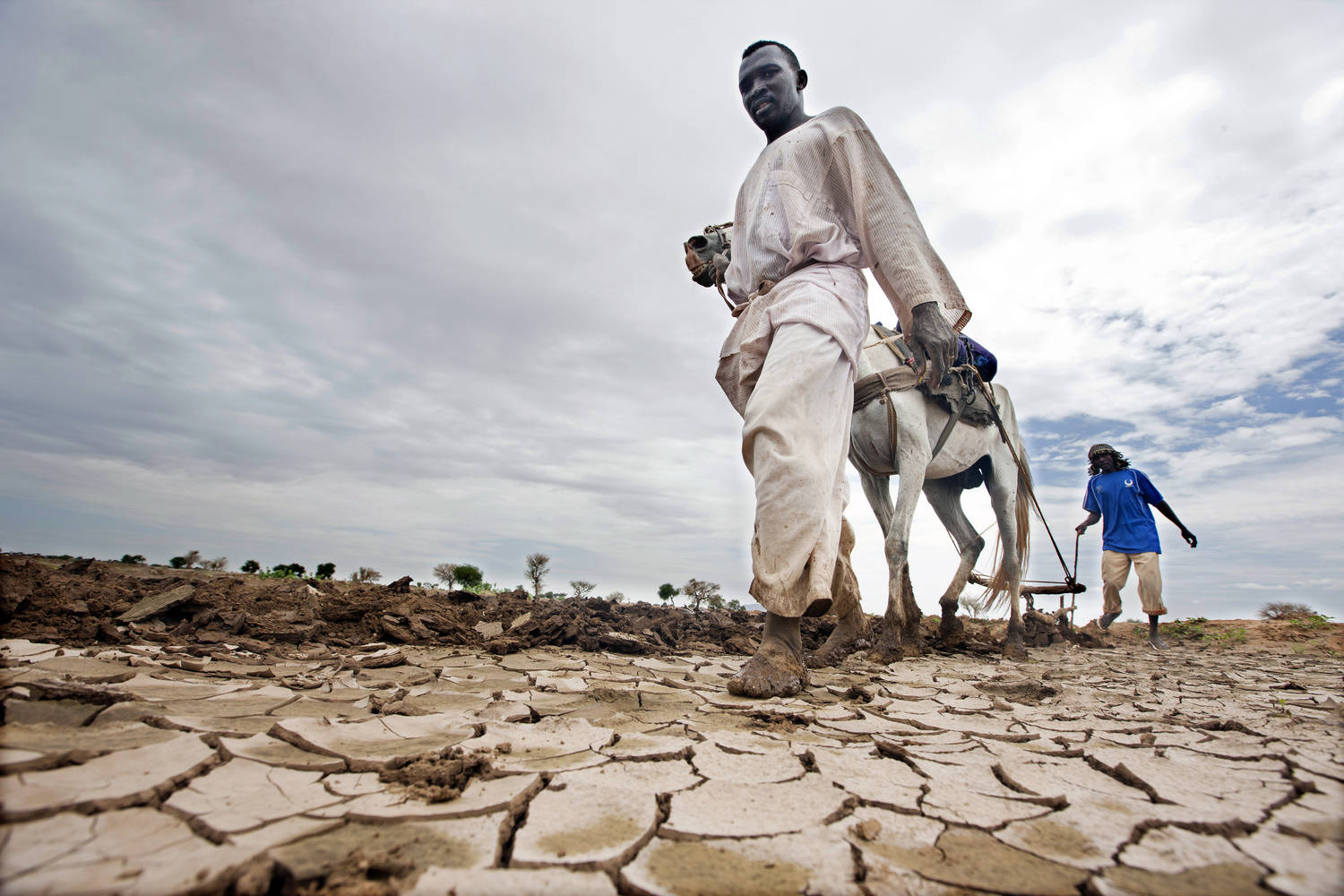 | 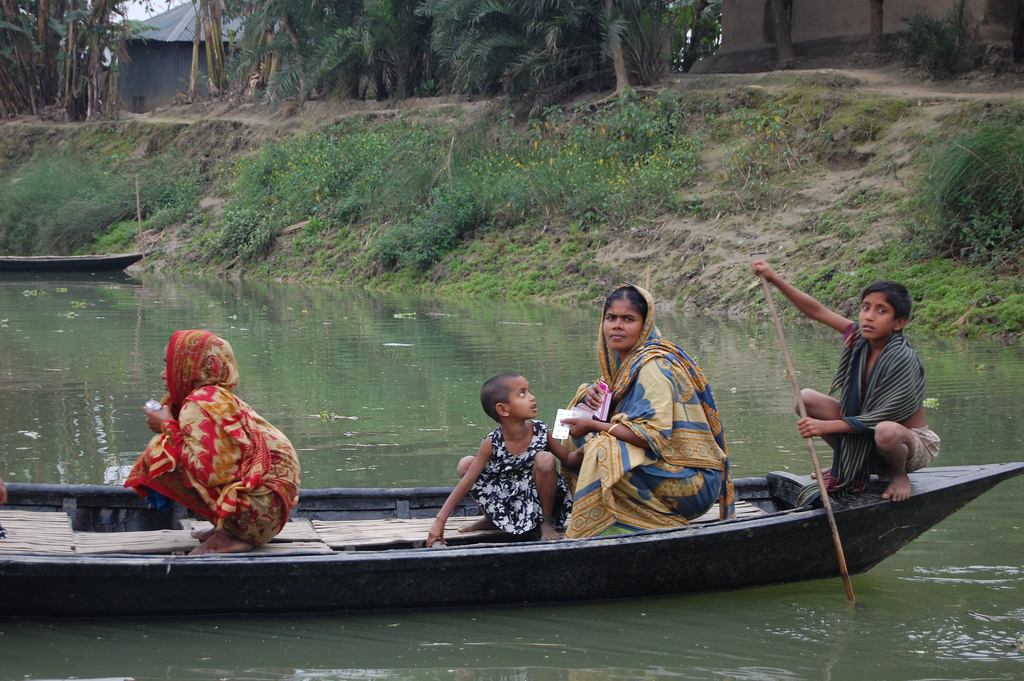 |
Strategic Guidance to Actions
Short-term objectives to prevent or decrease severe food insecurity that threatens lives or livelihoods. | Medium- and long-term improvement of the quality and quantity of food consumption for an active and healthy life. | Short- and long-term objectives to prevent or decrease high levels of acute malnutrition. |
Specific Area of Interest
Food insecurity found at a specific point in time and of a severity that threatens lives or livelihoods, or both, regardless of the causes, context or duration. | Food insecurity that persists over time, mainly due to structural causes, including intra-annual seasonal food insecurity. | Global Acute Malnutrition (GAM) is expressed by thinness of individuals and/or presence of oedema. |
Classification Scale
5 Severity Phases | 4 Severity Levels | 5 Severity Phases | |||
|---|---|---|---|---|---|
(1) Minimal/None | (1) Minimal or no CFI | (1) Acceptable |
Analytical Focus
Identifying areas with large proportion of households with significant food energy gaps or livelihood change strategies that can endanger lives or livelihoods. | Identifying areas with large proportion of households with long-term inability to meet adequate food requirements both in terms of energy and micronutrient needs. | Identifying areas with large proportion of children wasted and/or with oedema. |




Join our mailing list
